Shared from www.theguardian.com
Start: Anstruther waterfront
Distance: 7 miles (14 miles if not returning by bus)
Time: 3-4 hours
Total ascent 102 metres
Difficulty: Easy. Use OS Explorer 371 map
Google map of the route
Allow Google content?
This article includes content provided by Google. We ask for your permission before anything is loaded, as they may be using cookies and other technologies. To view this content, click ‘Allow and continue’.
The barman at the Ship Inn beams at me. “We reckon we’re the only pub in Britain with a cricket team whose pitch is the beach right outside,” he says, unfurling his bowling arm towards Scotland’s most unlikely sporting arena. It might feel incongruous, but Fife’s often ignored East Neuk is surprising to a synapse-popping degree: we’re talking caves ravaged by Vikings, resurrected Victorian lidos and villages where it looks like the Hanseatic League just left. Views across the Forth to Edinburgh Castle come with puffins, sea eagles and the occasional whale.
This surreal corner of eastern Scotland (neuk literally means corner) was forced into the backwaters by the departure of the railway in the 1960s; the arrival of Thatcherite economics then decimated Fife’s hinterland mining communities. Yes, the impossibly picturesque old fishing villages and big skies have since seduced many a dreamer and artist, but it’s nothing compared with the days when the East Neuk sported Europe’s largest medieval market.
Even getting here isn’t easy, as the dual carriageway gives up, along with that railway, at Kirkcaldy. The most spectacular way to continue is on the Fife Coastal Path, a 116-mile epic, designated one of Scotland’s Great Trails, which sweeps from Kincardine-on-Forth in the south-west, right along Fife’s Forth fringes, swallowing up the East Neuk and surging north past St Andrews to join the River Tay for a final flourish west to Newburgh.
There are numerous bite-size chunks of the Fife Coastal Path. This stretch is ideal, as its fulcrum is the East Neuk’s most satisfying pub and you miss out the Chain Walk just to the west of Elie, a startling challenge that doesn’t so much set pulses racing as trigger coronaries, with its steep and often slippery ascents and descents. You’re walking against convention walking east to west; but this is the East Neuk, so you’re up against a trickle of walkers rather than a tide.
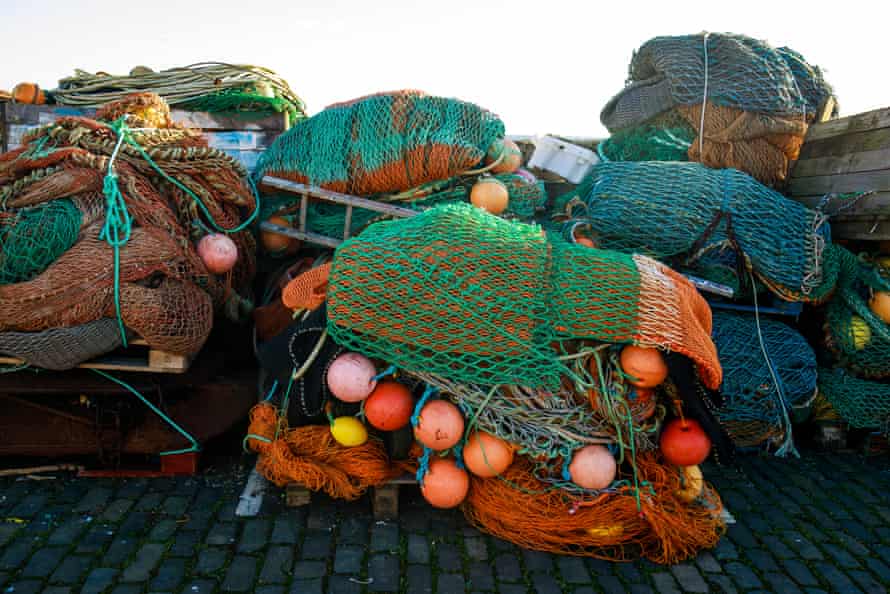
Following the waymarkers west out of Anstruther’s promenade, there is just enough time to hit your stride before the village of Pittenweem. I make a note about it being the quintessential East Neuk village. Later, my teenage daughter and walking companion is more blunt, declaring, “they all look the same”.
That sounds like a criticism of the East Neuk villages, but it’s not. Not if you prefer your gables Flemish, your stone walls whitewashed or pastel, admire orange-hued roof tiles and think streets are best cobbled. Pittenweem is quite the postcard, but harsher times always echo in the East Neuk. Just north, off the Fife Coastal Path, we find St Fillan’s Cave signposted. It’s a brutal reminder of the days when attempts to convert Norsemen to Christianity were met with the sharp end of a Viking sword.
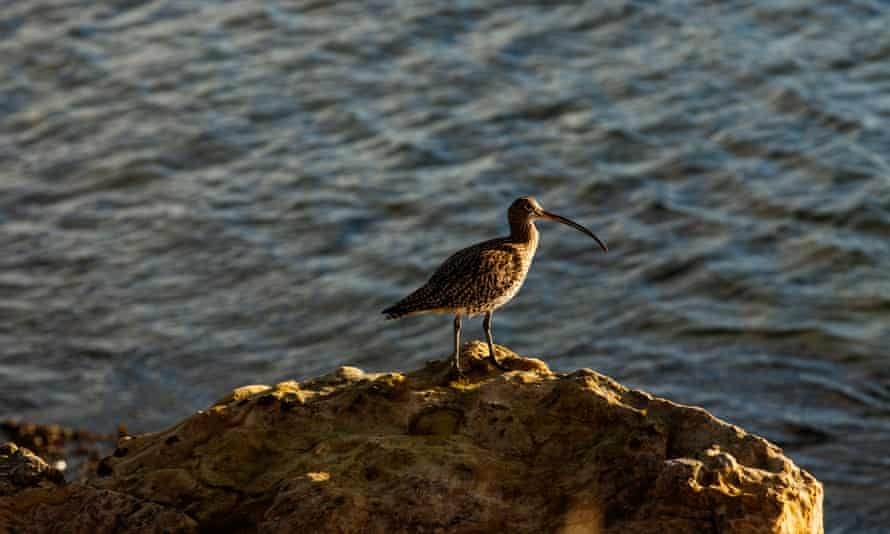
We find lighter relief just past the park west of Pittenweem. Down to the left, Pittenweem Tidal Pool rests on the edge of a wee beach. I chat to a bather who explains the appeal of this revamped oasis: “I started to swim in the sea, but I was always worried I’d get swept out. Here I feel safe and there’s a real sense of community.”
There is definitely a charm to a pool you can peer out from in search of dolphins; recently returned sea eagles and the whales too, who regularly breeze by the East Neuk. Charm, too, sails out through those puffin-populated Forth isles – I make out Tolkien-esque Bass Rock, home to the world’s largest colony of northern gannets.
Man has fared far worse than gannets on Bass Rock, the island once serving as a prison: Scotland’s Alcatraz. Among the most notorious inmates were Jacobites condemned for their attempts to usurp the Hanoverians from the British throne in the 17th century and return what they saw as the rightful Stewarts.
The Fife Coastal Path constantly vaults you back and forth in time. Next is the brilliantly reborn St Monans Windmill. Information boards explore the days when the windmill helped pump water out of the salt “pans”, stone pools built on the beach, from which salt was extracted – you can still make out the pools. If this stout redoubt hints at resurrection, the village of St Monans teems with life.
This is no Cornwall-esque second home-infested fishing village confection: this is the real deal. The fishing fleet churns in and out of the working harbour in all weathers. The East Pier Smokehouse is thriving too, their smoked salmon and cured beetroot-infused fish threatening to relegate the Ship Inn to my second lunch of the day.
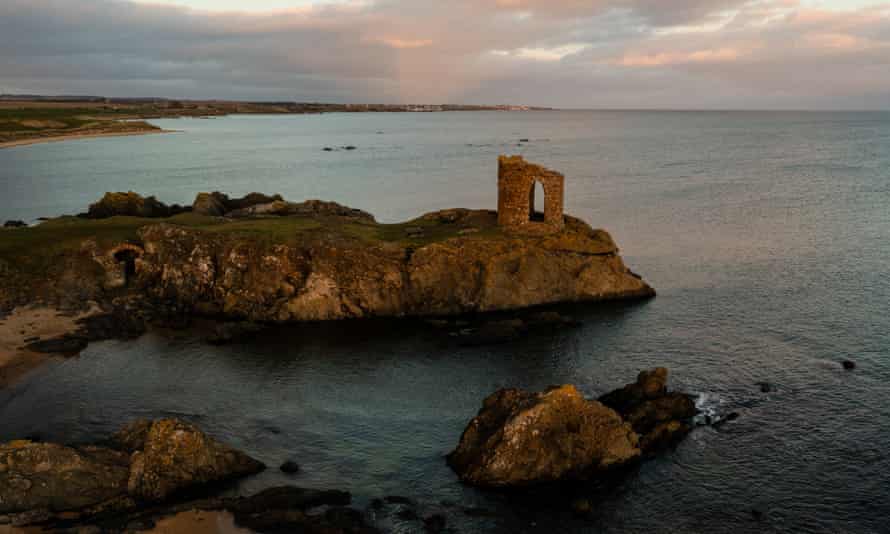
The final stretch to Elie is the most dramatic, kicking off with St Monans’ 14th-century Auld Kirk, an austere-looking church said to have been built on the site of St Monan’s grave, before you leave the village. We are swept off into a riot of cliffs and dunes peppered with an arch of beaches, man adding his own drama to the natural amphitheatre with a brace of brooding castle ruins. You don’t need restored great halls and costumed guides, not when Newark Castle has all the grandeur and setting of Dunnottar without the tourists – plus a preserved doocot (dovecote to non-Scots speakers). Your imagination has to work harder at Ardross Castle, but this bulwark does boast a farm shop that showcases the East Neuk’s fertile farmland.
Sign up to our Inside Saturday newsletter for an exclusive behind the scenes look at the making of the magazine’s biggest features, as well as a curated list of our weekly highlights
The early 20th-century Ruby Bay lighthouse finally steers the way forwards in time towards Elie. Just left of the Fife Coastal Path, Lady’s Tower evokes our last ghost, that of Lady Janet Anstruther. She had it forged as a summer house in 1770. Lady Anstruther appears to have been the polar opposite of the Duchess of Argyll, depicted outrageously in the BBC’s recent A Very British Scandal. Legend has it that Lady Anstruther had a bell rung to ward off villagers when she was bathing.
I finish this walk joined by a man who embodies the creative and resilient East Neuk. Douglas Clement was a caddie who got so tired of tourists in St Andrews bemoaning the lack of a Fife whisky distillery he built his own – the award-winning Kingsbarns, further along the Fife Coast. “There is something about the East Neuk. It’s hard to put your finger on, a strange sense of the past and the present co-existing,” he smiles, as in the distance the crack of willow on leather rings out across a Scottish beach.
The pub
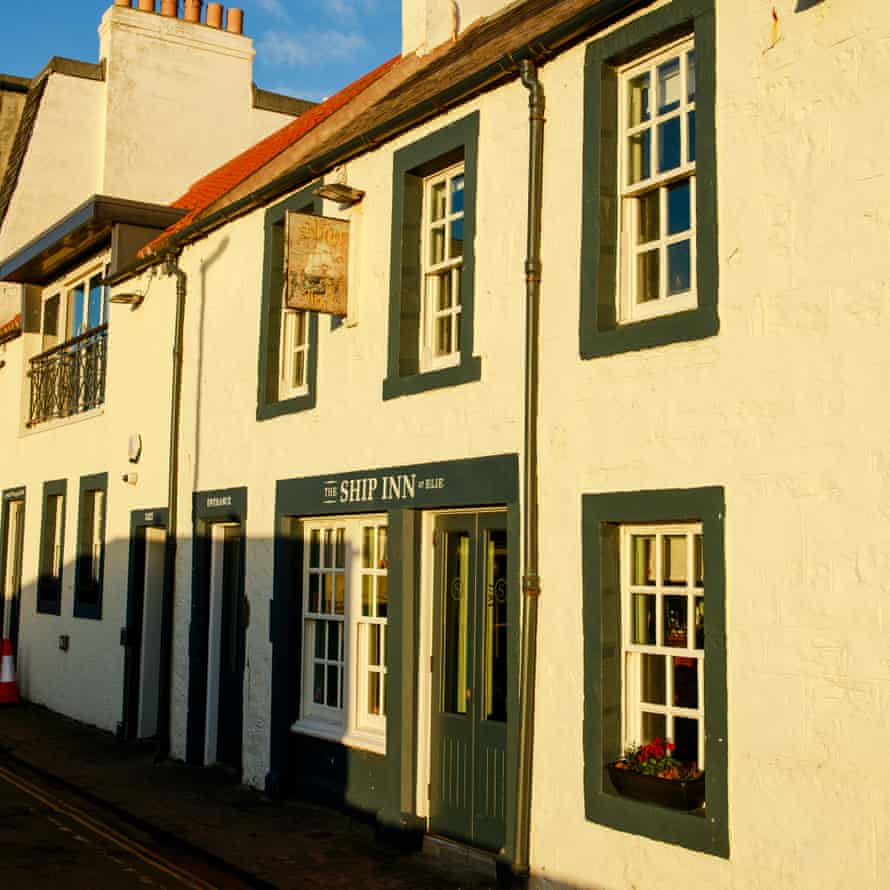
Owners Graham and Rachel Bucknall run a tight ship, ably assisted by head chef Mateusz Mayer – this is an 18th-century inn with a celebrated place on the foodie map of Fife, with fish and meat 100% Scottish. Boat-fresh local seafood is the star, such as East Neuk-landed langoustines and lobster. Summer sees seafood barbecues every clement day down by the sands, with a sea view – you don’t get that at Lord’s.
Look out for the local ales from St Andrews Brewing Company and newbie Anstruther’s Ovenstone 109. Stone walls, wooden floors and maritime flourishes retain the Ship Inn’s sense of timeless solidity; the cosiness ramped up with an open fire and wood-burning stoves.
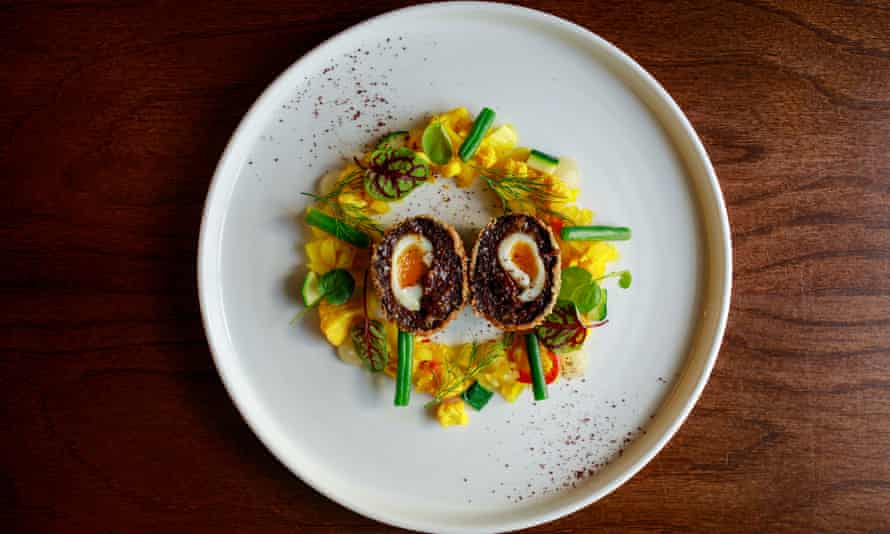
Stay
Four of the half-dozen bedrooms offer sea views. The Admiral Room is the pick: ease hiking-ravaged muscles in the rolltop bath, then enjoy a dram while peering out of the bay window. All bedrooms feature Laura Thomas toiletries, Nespresso machines, Fife’s Tea Lovers’ Company brews and Egyptian cotton bed linen. There is free wifi and docking stations, too. Dogs are welcome in the brace of Seadog rooms (£25 per dog).
Doubles from £100, shipinn.scot
Images and Article from www.theguardian.com

